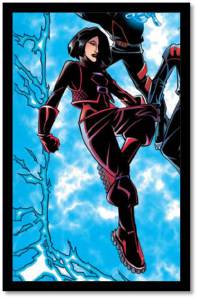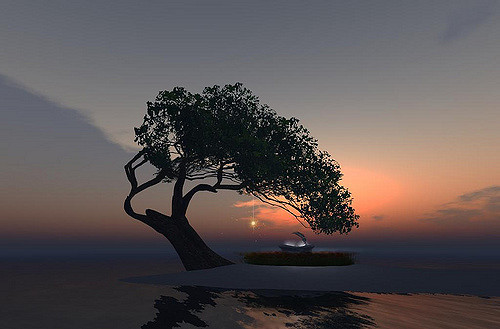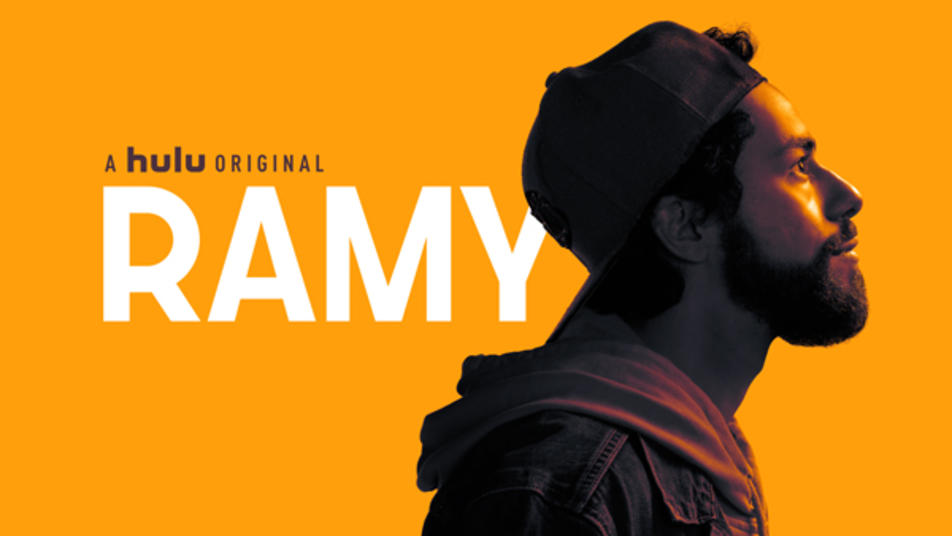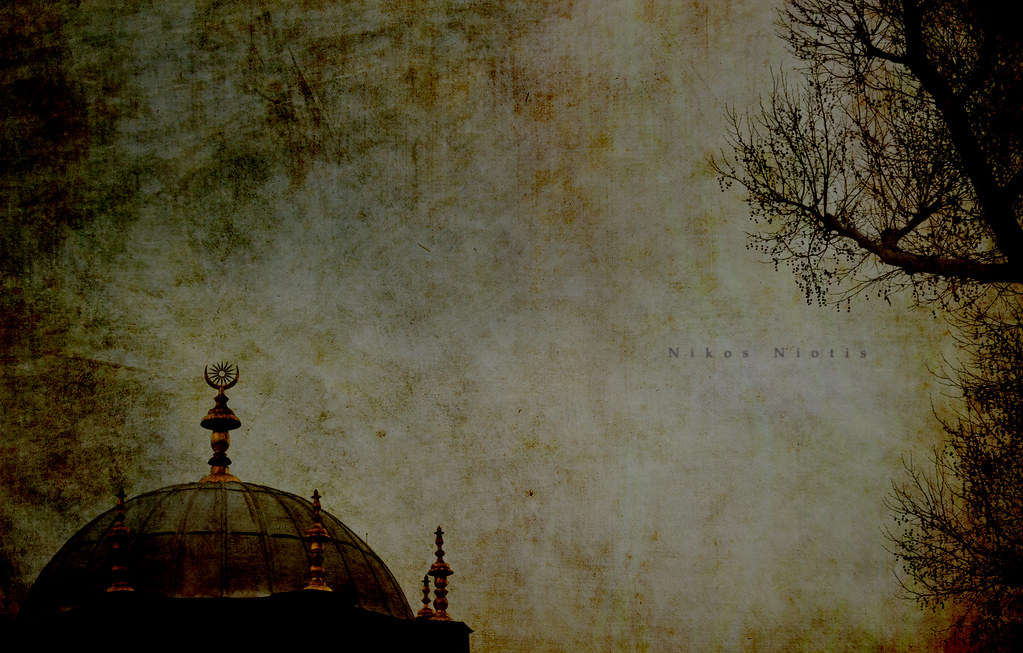Naif Al-Mutawa’s The 99 offers us arguably the best depictions of Muslim female characters to have ever appeared in comic books. One would hope that its realistic portrayals of Muslim women will help inspire more positive depictions of women in mainstream comic books.
The concept of female Muslim super-heroines in the realm of mainstream comic books is very exciting, but considering the sexism and objectification that women often suffer in this medium, breaking away from stereotypes and misconceptions may seem nearly impossible. However, readers searching for realistic portrayals of Muslim women may find hope in Naif Al-Mutawa’s fascinating comic book series, “The 99.” Published by his own company, Teshkeel Comics, “The 99” shows us arguably the best depictions of Muslim female characters to have ever appeared in comic books.
Judging by the title, it shouldn’t come as a surprise to Muslim readers that Naif Al-Mutawa’s “The 99” is inspired by Islamic culture and religion. For those who are unfamiliar with Islam, the title of the comic refers to an Islamic teaching that God has 99 Beautiful Names or Attributes. Al-Mutawa draws from this tradition and produces remarkable superheroes – most of them teenagers who each embody one of the 99 Names of God via magical gem stones known as “Noor Stones.” For example, if the Noor stone possesses the Divine attribute of “Al-Rafi,” which means “The Lifter,” then the gem-bearer will take on the superpower of “lifting” objects, people, and even one’s own self through telepathic means.
The first female character introduced is the 18-year-old Dana Ibrahim (pictured above) in the United Arab Emirates. Being the daughter of a wealthy father makes her a target for many criminals, and this reality soon dawns on her when a car explodes outside of her university. Amidst the chaos, a group of thugs drag her into a van and speed her off to an isolated prison. Dana has faith that her father will pay the ransom, but just in case, she starts calculating the intervals in which the guards give her food and leave her unwatched, and starts digging a tunnel with a spoon, all whilst wearing a blindfold and having her hands tied. After many days of digging in the darkness, she stumbles upon a magical gem that radiates with extraordinary, mysterious light. Her abductors discover the tunnel and then drag her into another dark room. Angry with tears rolling down her eyes, Dana decides not to give up, and the magical gem she found illuminates to reveal a ventilation shaft for her to climb into. She crawls to the end of the shaft, but only to find that the exit is locked!
Magically, the Noor Stone pours light into the lock and cracks the combination, setting Dana free and racing to safety. She is frightened however because wherever she turns her head, she sees the light and darkness that exists within all human beings. This is visualized brilliantly in the comic book, showing people filled with light, but also with stains of darkness. She says, “It’s not about one person, one place, it’s about who we are.” These words allude to how every human being has light, or goodness, within them, but there are dark elements too that come from the external world. As she is terrified by these visions, she looks within herself and sees an enormous amount of light, but she doesn’t believe it. She doesn’t believe there is goodness in her.
She struggles with inner turmoil and self-doubt – her mother had died a long time ago and her father mysteriously did not take immediate action in paying the ransom. When she returns home, she sees that he is filled with more darkness than anyone she has come across. Because of this, she feels un-loved and unneeded; she feels like she failed her father somewhere in her life and didn’t deserve to be saved. Upon meeting Dr. Ramzi, a devoted scientist searching for the Noor Stones and gem-bearers (think “Professor Xavier of the “X-Men”), Dana learns that the Noor Stones chose her because of something within her. Dana is reluctant to believe until she wears the gem stone around her neck and sees the light within Dr. Ramzi. She tears and says, “I never thought I’d have hope again.” Dr. Ramzi tells her that she is one of the 99: Noora, the Light.
Dana Ibrahim, or Noora, is the type of three-dimensional female character that many mainstream comic books lack. She is not drawn out of proportion or scantily clad; instead, it is made clear that Al-Mutawa and his creative team (which consists of artists and writers who have worked with DC Comics and Marvel Comics) are more interested in storytelling and character development rather than having full pages of women posing as if they’re in a Victoria’s Secret catalogue. Noora is not objectified or exploited; she is a character that the reader discovers and learns more about – someone with her own mind, thoughts, and beliefs. In the scene in which she was held captive, for example, Noora does not depend on someone to save her, but rather she works through the problem on her own. She breaks out of prison and fights her way free against all odds, which shows readers that she has agency and does not to fall victim to her captive state. As she raced across the city and saw the darkness and light within others, she was learning something new about the world and, more importantly, about herself.
Probably the most interesting part of the Noora’s character is that much of the described scenario above runs parallel with Islam’s Prophet Muhammad (peace be upon him). Although Muhammad wasn’t kidnapped, he was meditating in a dark cave when he first received God’s revelation from the Angel Gabriel. Similarly, Noora is in a dark tunnel where she comes across the mystical Noor Stone, which clearly has Divine implications since it represents an attribute of God’s 99 Names. When Muhammad runs out of the cave, he is frightened because wherever he turns his face, he sees the Vision of Gabriel. He is frightened, but at the same time, realizes that he has reached a transition period in his life – he is making the self-discovery that he is the Prophet of God, to bring the people of the world from the depths of the darkness into the Light. When Noora escapes her dark prison, she is frightened by the new Visions she witnesses wherever she looks. She is frightened, but at the same time, realizes that she has reached a transition period in her life – she is making the self-discovery that she is chosen by the Noor Stone, to help bring goodness and light into a dark world.
Whether Al-Mutawa intended Noora to be somewhat analogous to Muhammad is unknown, but the similarities cannot be denied. Likening a fictional character to a Prophet may be a very touchy subject among more conservative Muslim communities, but if these aspects of Noora’s story are inspired by Muhammad’s mystical experience with Gabriel, then it’s a positive and imaginative reference. Many fictional characters like Neo of The Matrix, Anakin Skywalker of Star Wars, and Aslan of The Chronicles of Narnia have come to symbolize Jesus (peace be upon him), so it’s refreshing to see a positive fictional character inspired by the Prophet Muhammad (and even more so considering those horrid Danish cartoons!).
Another female character worth mentioning from “The 99” is Amira Khan (pictured left), a Pakistani-British teenager who makes her first appearance in issue # 5. With her Noor Stone, she is Hadya, The Guide. She has the ability to map out cities, countries, and even entire solar systems. As written in the comic book, her “brain functions like a telephoto satellite and global positioning tracking system,” and sometimes her maps are so detailed that they are projected as three-dimensional images that move all around her. In her debut issue, she helps a U.S. senator find his lost son in the Colorado Mountains. Like Noora, Hadya’s dress is relatively modest and the focus is on her character.
Neither Noora nor Hadya wear hijaab , but there is a female Iranian character named Buran who does. Although she is not a gem-bearer, she plays an important role in helping the group on their missions. In the first issue, Buran wears a loose-fitting hijaab where some of hair shows, but that is changed in the next 6 issues. It seems that the writers decided to make her wear the full hijaab, i.e. covering her hair completely. Buran offers sarcasm and humor to balance out Dr. Ramzi’s often serious tone, and it’s certainly nice to see a character wearing the hijaab and not looking oppressed.
Al-Mutawa has stated that he chose to include a mixture of Muslim women wearing and not wearing hijaab, and this is important because it shows audiences how diverse the Muslim community is. It may be argued that Buran’s character is that she is limited to being an assistant and wardrobe designer – just because a woman wears hijaab, does that mean she is not capable of being a gem-bearer? Fortunately, in the upcoming issues, Al-Mutawa has stated that there will be more Muslim characters that are gem-bearers and wear hijaab.
“The 99” is a breath of fresh air in the comic book world and Al-Mutawa and his creative team should be applauded for their positive representations of Muslim women. There is still room for improvement though, such as exploring the characters’ religious identity. It may be argued that religion would disrupt the universal message of the comic book (since not all the gem-bearers are Muslim), but there’s a pronounced difference between preaching religion and engaging in inter-faith dialogue. “The 99” is a tremendous opportunity to share experiences of being Muslim in a post 9/11 world, as well as conveying a much-needed message of coexistence. For the time being, “The 99” is a remarkable achievement and one would hope that its realistic portrayals of Muslim women will help inspire more positive depictions of women in mainstream comic books.
Jehanzeb Dar is a Pakistani Muslim-American undergrad student and independent filmmaker. He currently blogs at Muslim Reverie, where he critiques media, writes poetry, and reflects on spirituality. He is also a frequent guest contributor on Racialicious. An unedited version of this article previously appeared at Muslimah Media Watch.




